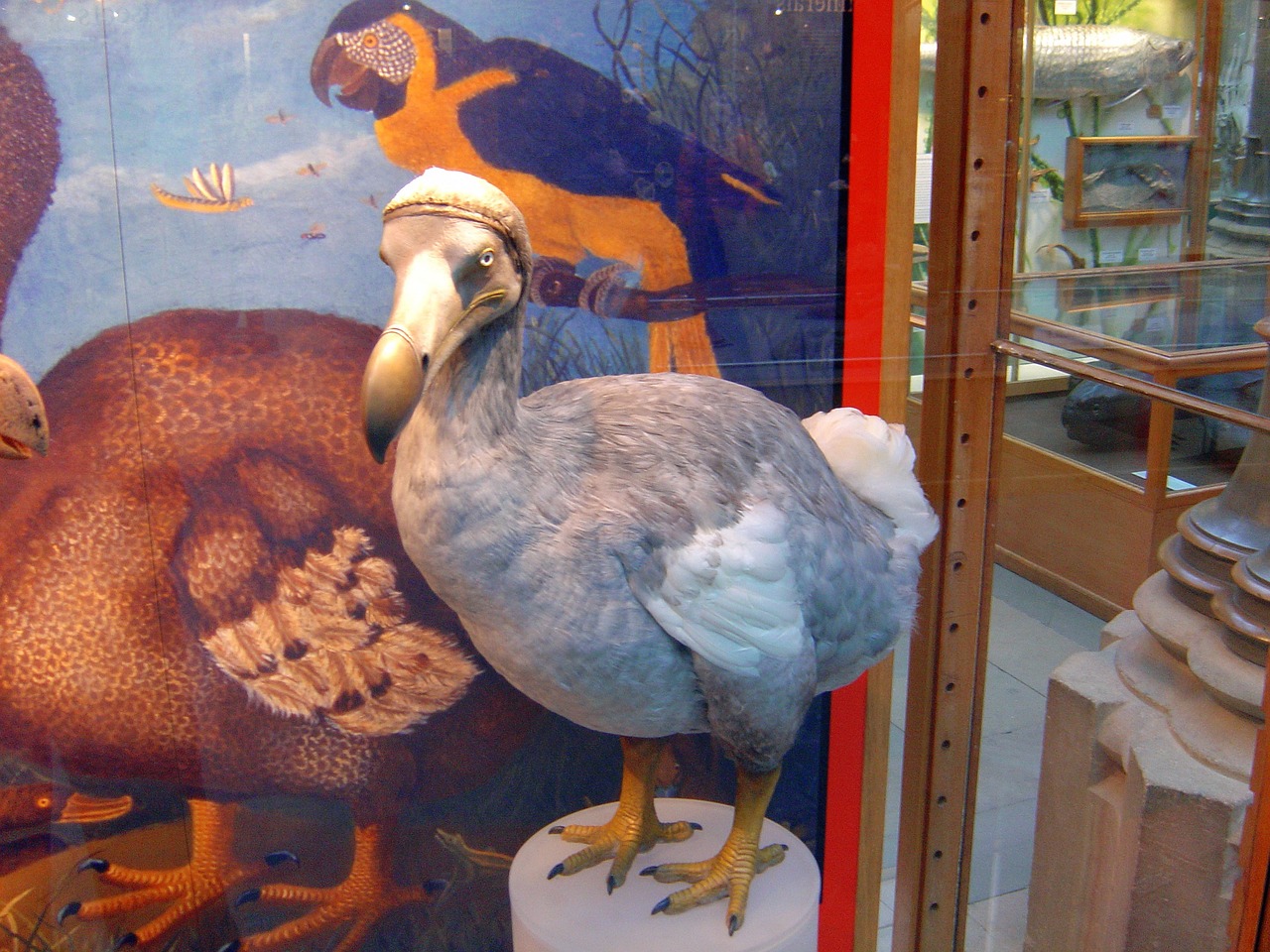Table of Contents
ToggleIntroduction:
The extinction of species has been a cause for concern for centuries, with humans often being blamed for wiping out entire populations through hunting, habitat destruction, and the introduction of foreign species. But what if we could bring back species that have been lost? Enter the field of De-Extinction. This is the process of recreating extinct species through genetic engineering and cloning. And now, one species, in particular, has received a boost in funding for its potential return to our world. The Dodo, the flightless bird famously known for its role in Lewis Carroll’s “Alice’s Adventures in Wonderland” is set to receive $150 million in funding for its de-extinction.
What is De-Extinction?
De-Extinction is the process of recreating species that have gone extinct using genetic engineering and cloning techniques. The goal of de-extinction is to restore biodiversity and ecological balance to our planet, but it is also seen as a way to bring back species that have cultural and historical significance. In the case of the Dodo, the bird holds a special place in popular culture and has become a symbol of extinction itself.
How will the Dodo be Brought Back?
The process of bringing back the Dodo will involve several steps, including obtaining DNA samples from preserved specimens, synthesizing the DNA, and inserting it into an egg from a closely related species. The egg will then be incubated and if successful, will hatch into a chick that is a hybrid of the extinct Dodo and its living relative.
Why the Dodo?
The Dodo bird holds a special place in popular culture and has become a symbol of extinction itself. It was native to the island of Mauritius in the Indian Ocean and became extinct in the late 17th century due to hunting by sailors and invasive species introduced by humans. The Dodo’s extinction serves as a cautionary tale about the importance of biodiversity and conservation efforts.
The Benefits of De-Extinction:
De-Extinction offers the potential to bring back species that have been lost, restore biodiversity and ecological balance, and serve as a valuable educational tool to raise awareness about the consequences of extinction. In addition, the study of de-extinction can lead to advances in genetics, cloning and biotechnology.

The Controversies Surrounding De-Extinction:
Despite its potential benefits, de-extinction is not without its controversies. Critics argue that the resources and funding allocated to de-extinction would be better spent on conservation efforts for endangered species. In addition, there are concerns about the ethics and morality of bringing back extinct species and the potential consequences of releasing these species into the wild.
Conclusion:
The $150 million in funding for the de-extinction of the Dodo is a significant step forward in the field of de-extinction. While the process is not without its controversies, the potential benefits and advances in genetics, cloning and biotechnology make it an exciting and intriguing area of study. Whether or not the Dodo will eventually make a return to our world remains to be seen, but one thing is certain, the quest for de-extinction has captured the imagination of people around the world.







